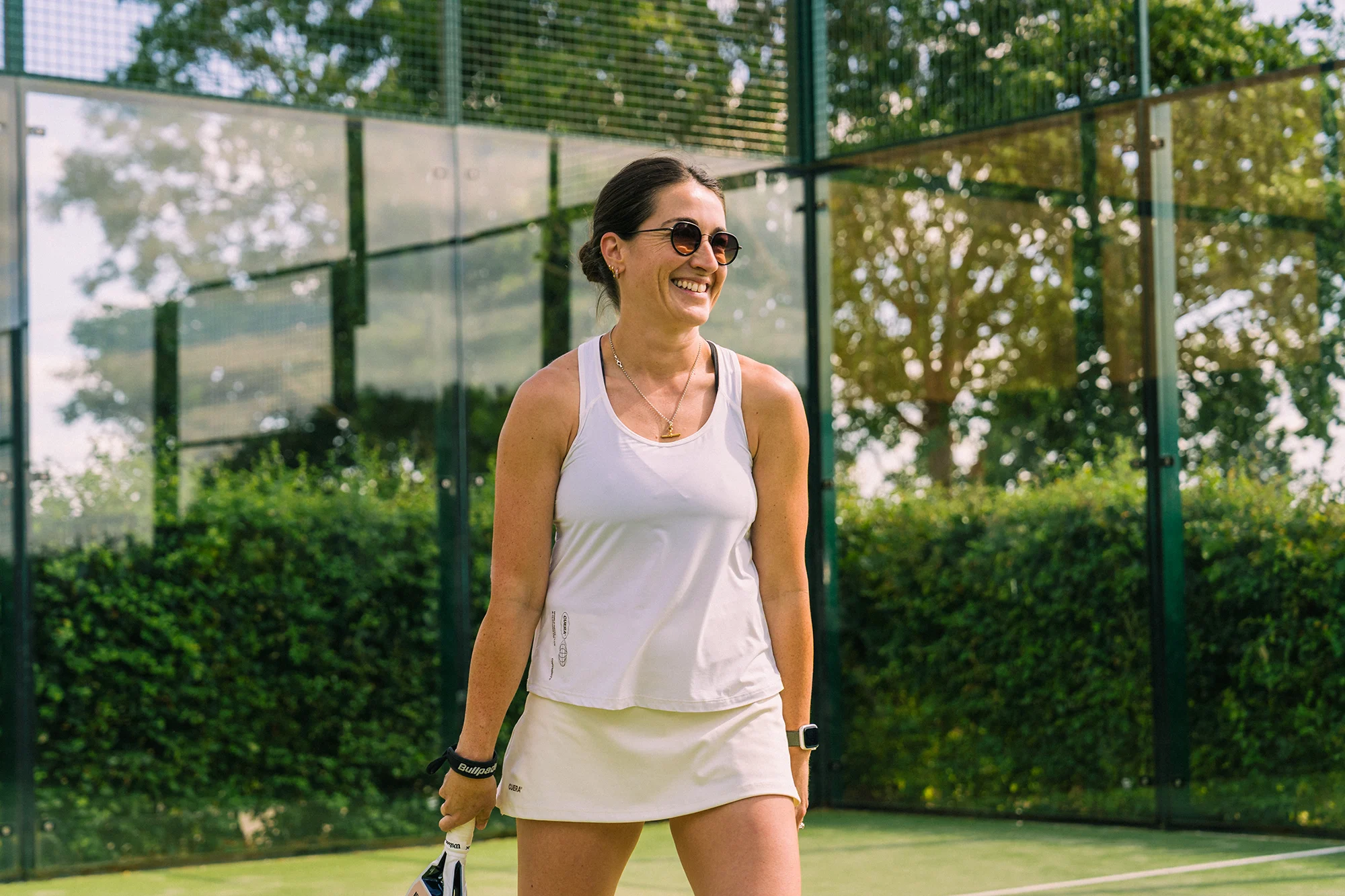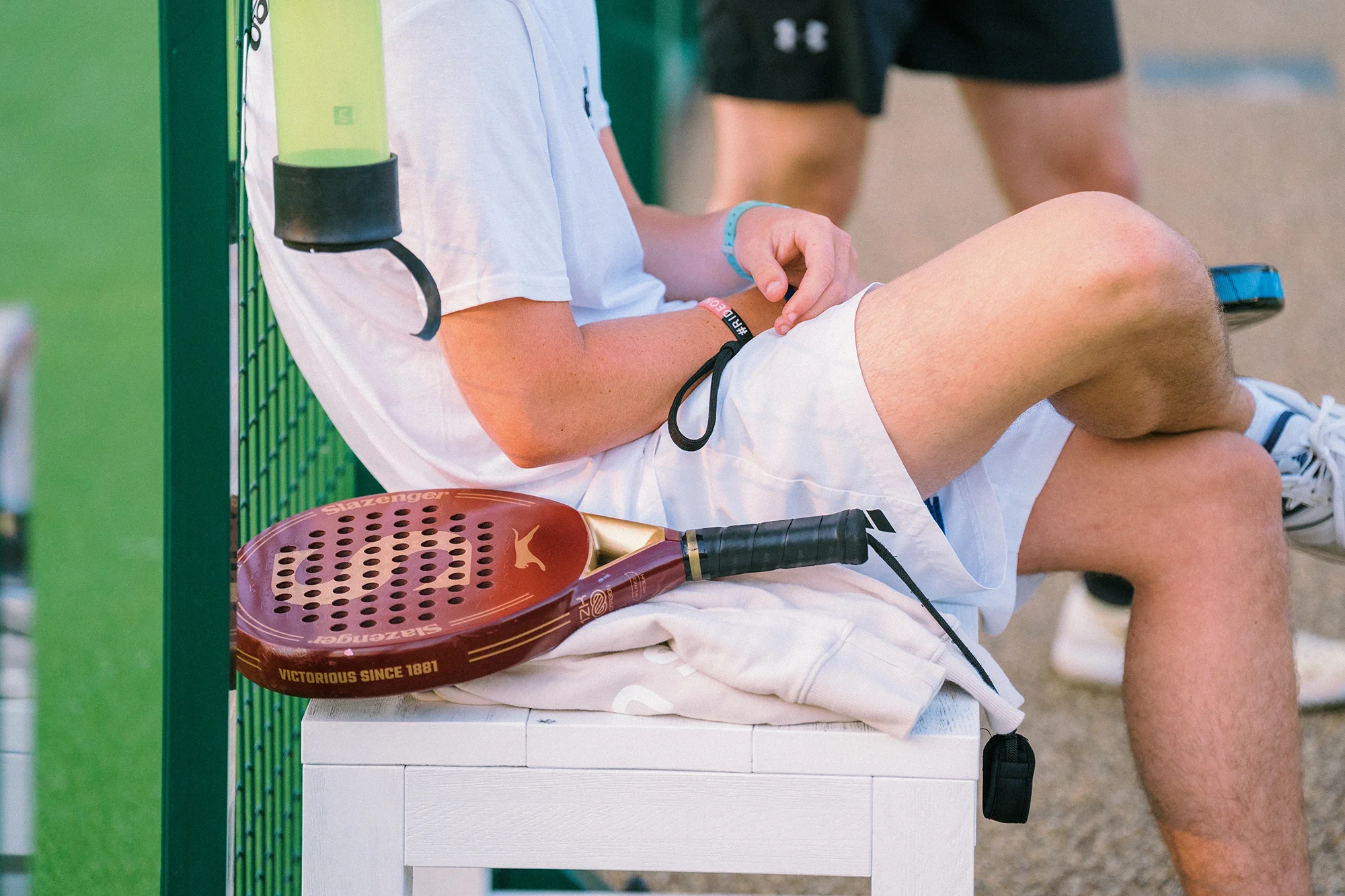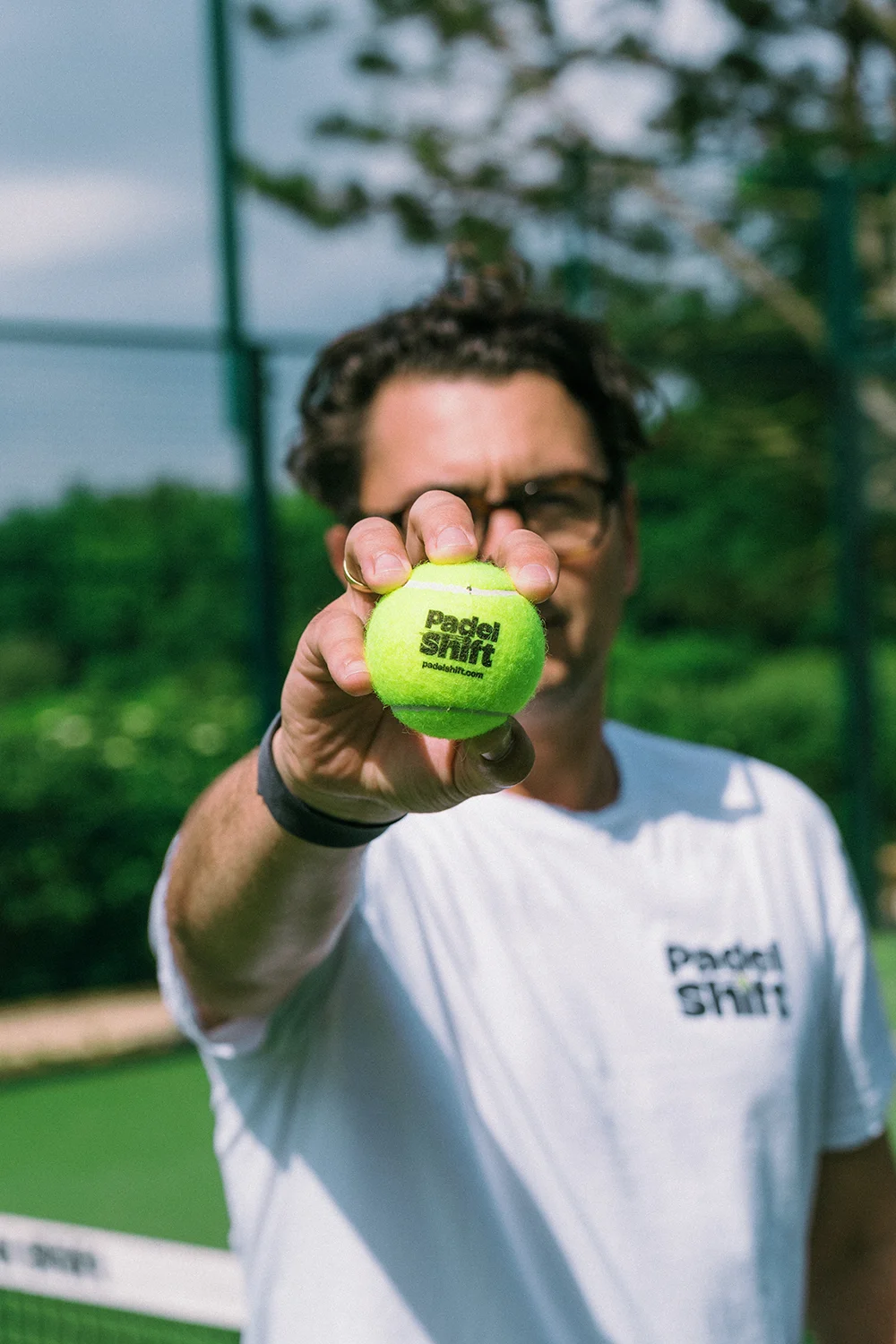Padel vs tennis: what’s the difference (and which should you play?)

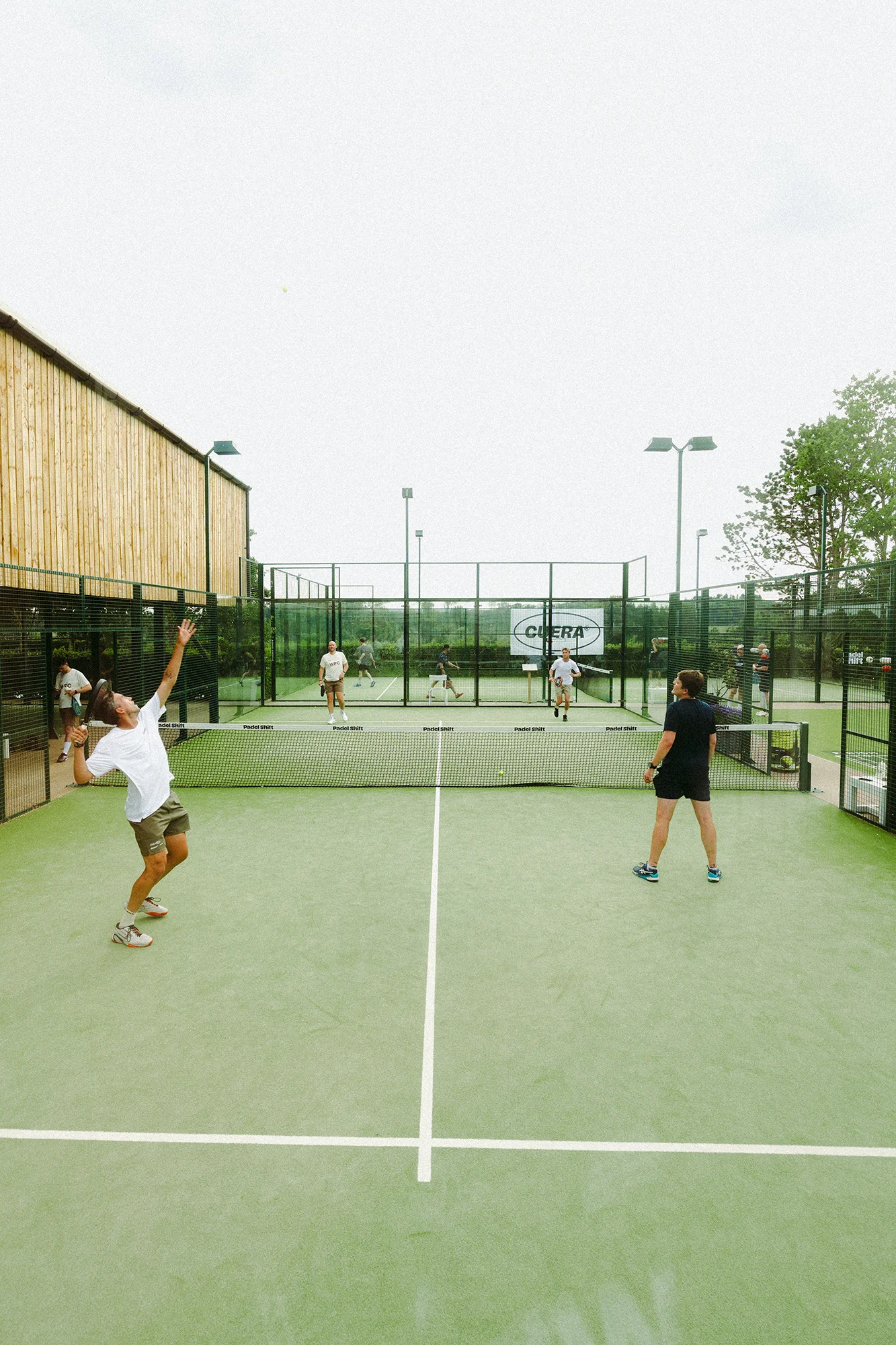
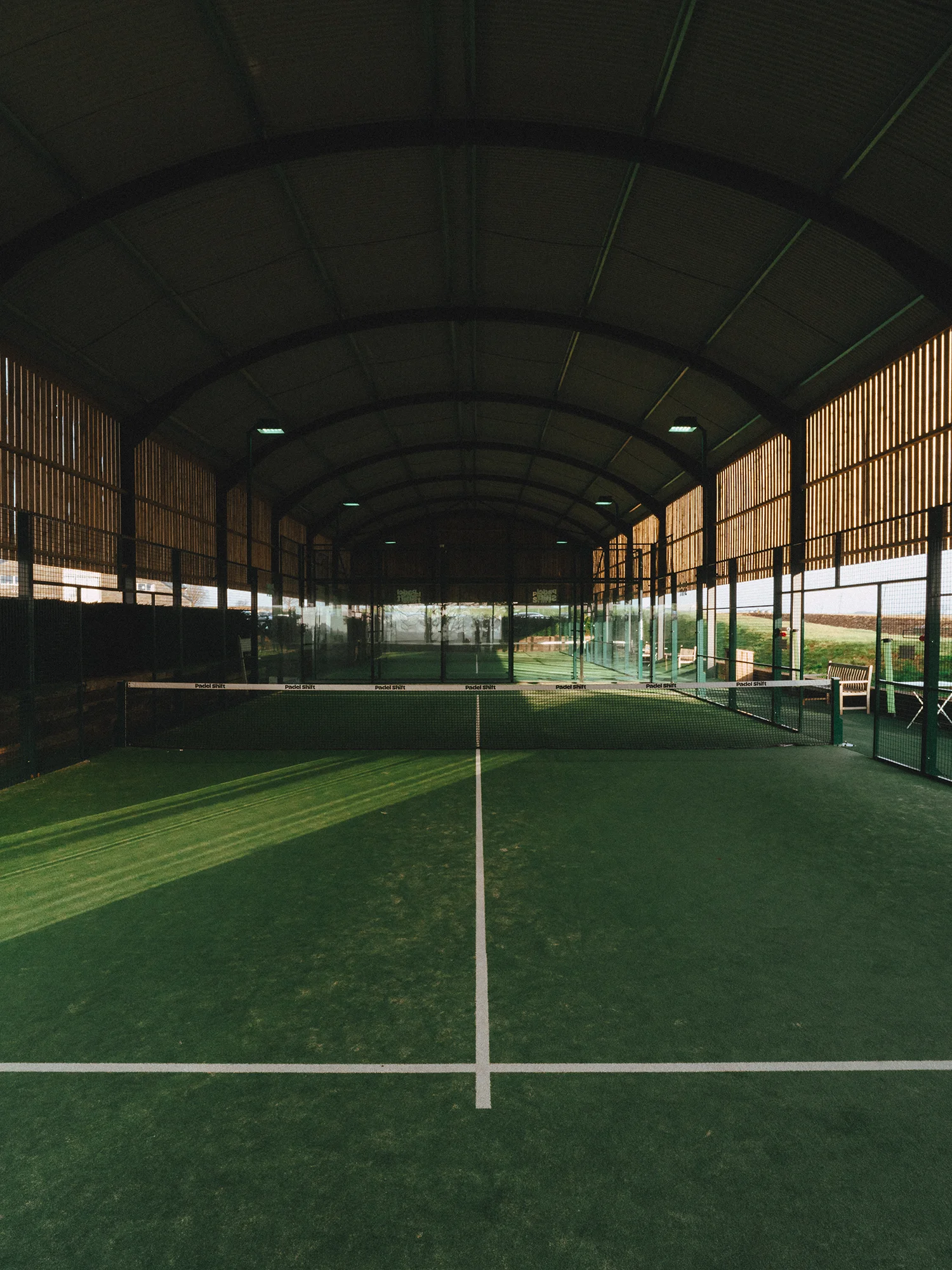
At Padel Shift, we welcome players from every sporting background including plenty of tennis players. Whether you’re a lifelong tennis player, completely new to racket sports, or simply curious why you keep hearing about padel, here’s a breakdown of what sets it apart and why more people are picking up a padel racket for the first time.
Court size and setup
Tennis is played on a large, open court. If a ball lands outside the lines, it’s out and that’s the end of the point. In padel, the court is smaller and fully enclosed with glass and mesh walls. The key twist is that you can use the walls to keep a point alive. It’s a different kind of tactical challenge, requiring quick reactions, positioning, and awareness but less ground to cover.
This makes padel feel more accessible, especially for beginners or players who don’t want to sprint end-to-end for every point.
The racket and ball
Tennis rackets are strung and powerful. In padel, the rackets are solid with holes and no strings, designed to give control over power. They’re easier to handle, lighter, and more forgiving for beginners.
Padel balls are similar in size to tennis balls, but have slightly lower pressure. The effect is longer rallies and more chances to stay in the point, perfect for building confidence and keeping games competitive, even between players of different levels.
Serving and scoring
Padel serves are always underarm and must bounce before being hit. This keeps the focus on strategy, placement and consistency rather than powerful first serves.
Scoring is the same as tennis:15, 30, 40, game, but padel points tend to last longer. With walls in play and the court being smaller, you get more chances to recover and reset, which is part of what makes it so engaging.
Singles vs doubles
Tennis can be played as singles or doubles. Padel is almost always played as doubles. The game thrives on partnerships, communication, and teamwork. It’s not just about skill; it’s about connection, positioning and chemistry with your partner.
This team element, combined with the sociable court setup, is a big reason why padel attracts such a wide range of players. It’s common to join a game with people you’ve never met and leave the court with new friends.
The learning curve
Tennis has a higher barrier to entry. Mastering topspin, learning to serve, and managing the physical demands of a large court can take time.
Padel is designed to be easy to start. With no overhead serve and a lighter racket, most players are rallying and playing points within their first session. But that doesn’t mean it’s simple, there’s real depth in how you use the walls, position yourself and anticipate your opponent’s next move. The best players are constantly thinking and adjusting, which is part of the long-term appeal.
So, which one is for you?
You don’t have to pick sides. Tennis and padel can complement each other and plenty of people enjoy playing both. But if you’re new to racket sports, padel is often a faster, more accessible entry point. If you already play tennis, you’ll recognise the shots, but discover new patterns, tactics and challenges to master.
At Padel Shift, we see all kinds of players getting hooked. Parents playing with their teens. Friends mixing levels and still having great games. Tennis converts who now swear by the glass.
If you’re curious, come and try it.
Join us on court
Our Intro to Padel sessions are a brilliant way to get started, no matter your level. You’ll learn the basics, meet new players and get a proper feel for the game.
Book your first session at Daylesford Farm or Elkstone Studios and discover why everyone’s talking about padel.
Click here to get started.

